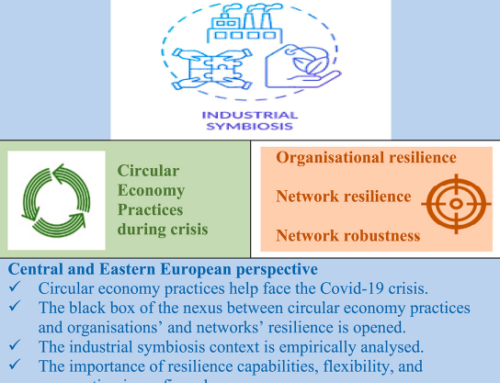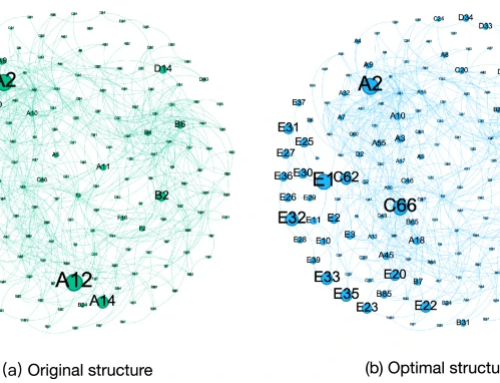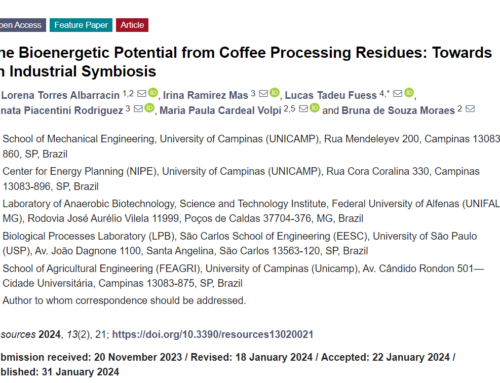Among the various models proposed for developing a circular economy, industrial symbiosis (IS) is one of the most promising. The paper “Industrial symbiosis as a business strategy for the circular economy: identifying regional firms’ profiles and barriers to their adoption” seeks to understand how extensively regional industrial symbiosis practices have been adopted by companies and to identify the main barriers preventing adoption at the regional level. The research is based on original data collected through a questionnaire. The findings categorize firms into four clusters based on their adoption levels: (i) perfectly symbiont companies implementing all IS practices, (ii) non-adopters with minimal IS activities, (iii) resource savers focusing on using by-products or waste from other companies, and (iv) outbound activity optimizers concentrating on selling their by-products and waste to other companies. The results highlight significant barriers to IS adoption, such as regulatory constraints, high investment costs, and difficulties in securing financing, while networking and logistics barriers are less relevant. To overcome these obstacles and promote regional IS adoption, the paper offers several political and managerial recommendations to support the transition towards a circular economy.
Read more here.







